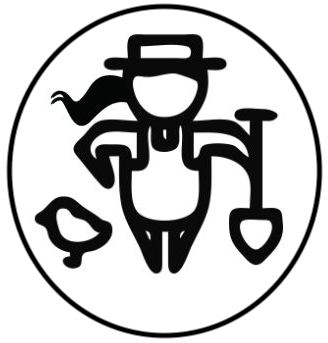MCF Composting Program!
We are not accepting Compost Membership at this time.
In 2023, Montclair Community Farms diverted over 7 tons of waste from landfills through our composting program!
Check out the steps on how to Compost at home!
Step 1: Before the compost is turned
Step 2: Using the shovel & pitchfork
Step 1: Determine What can be
composted and where
Look for the bin with the sign “YES,” which is where you will add your fresh food scraps.
What can be composted:
Vegetables, fruit, eggshells, leaves, lawn clippings, grains, tea bags (no strings, stickers, or staples), nuts, coffee grounds, banana peels, uncoated bag/paper plates.
If possible, please chop up large items into smaller pieces (about 2 inches).
What cannot be composted:
Meat, fats, dairy, foil, plastic bags, plastic-coated cardboard, Styrofoam, gloves, cartons, glass, metal, pet waste & hazardous waste.
Step 2: Turn Compost and ensure An
equal mix of browns and greens
When turning compost, use the pitchfork provided and make sure both brown and green materials are mixed into the existing composting soil and that the ratio of brown to green materials is 3:1.
Brown materials: dry leaves, hay, or wood chips.
Green materials: grass clippings and kitchen scraps.
Cover with a thick layer of brown materials. An evenly distributed and covered mixture helps ensure that our compost will be free of pests and decompose correctly.
*wood chips, wood shavings, hay, or other brown materials are available next to the compost for your use in adding to the mix and/or covering your greens before you leave.
Step 3: After the compost is turned
Step 4: Soil ready to be used




